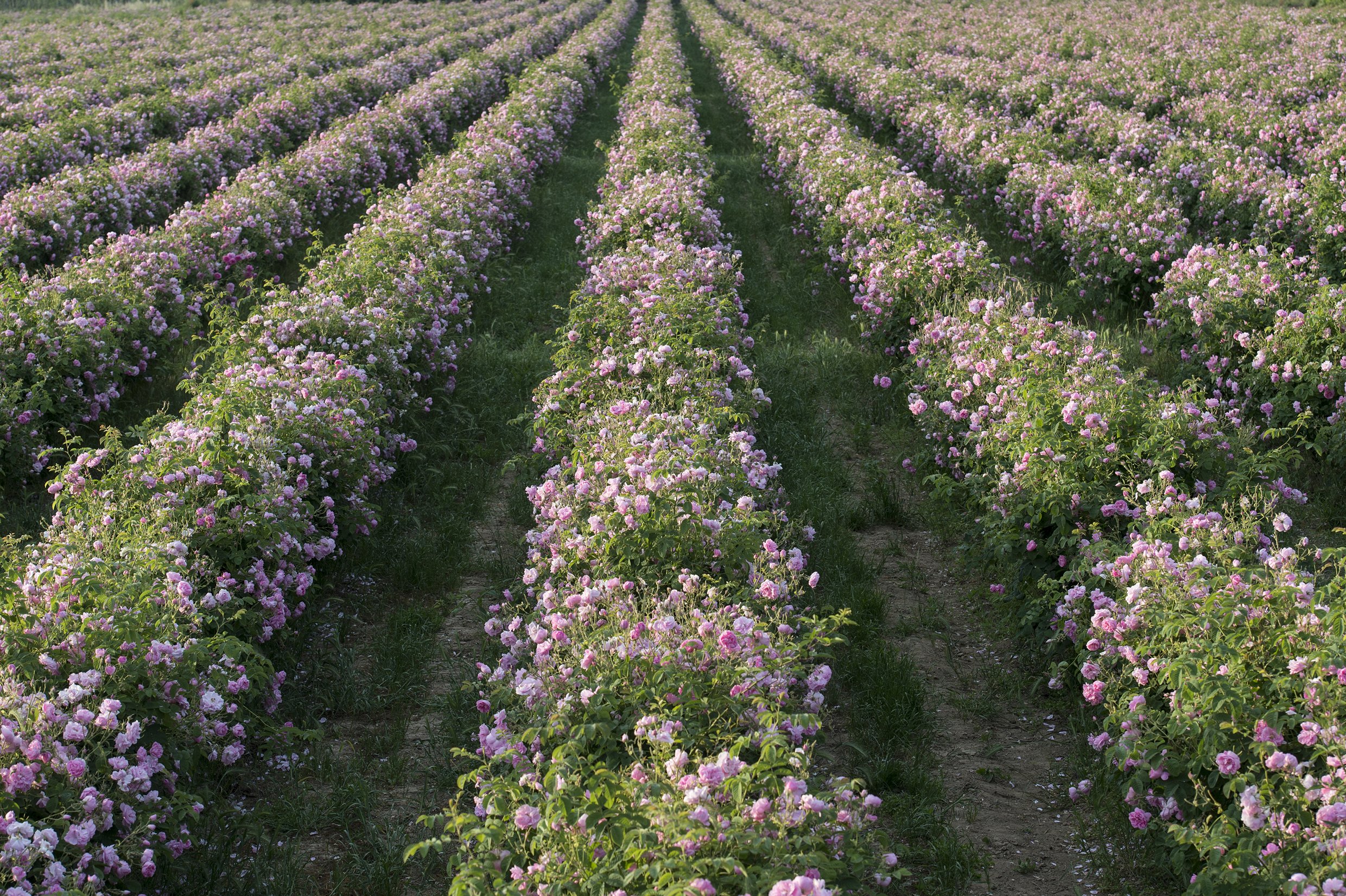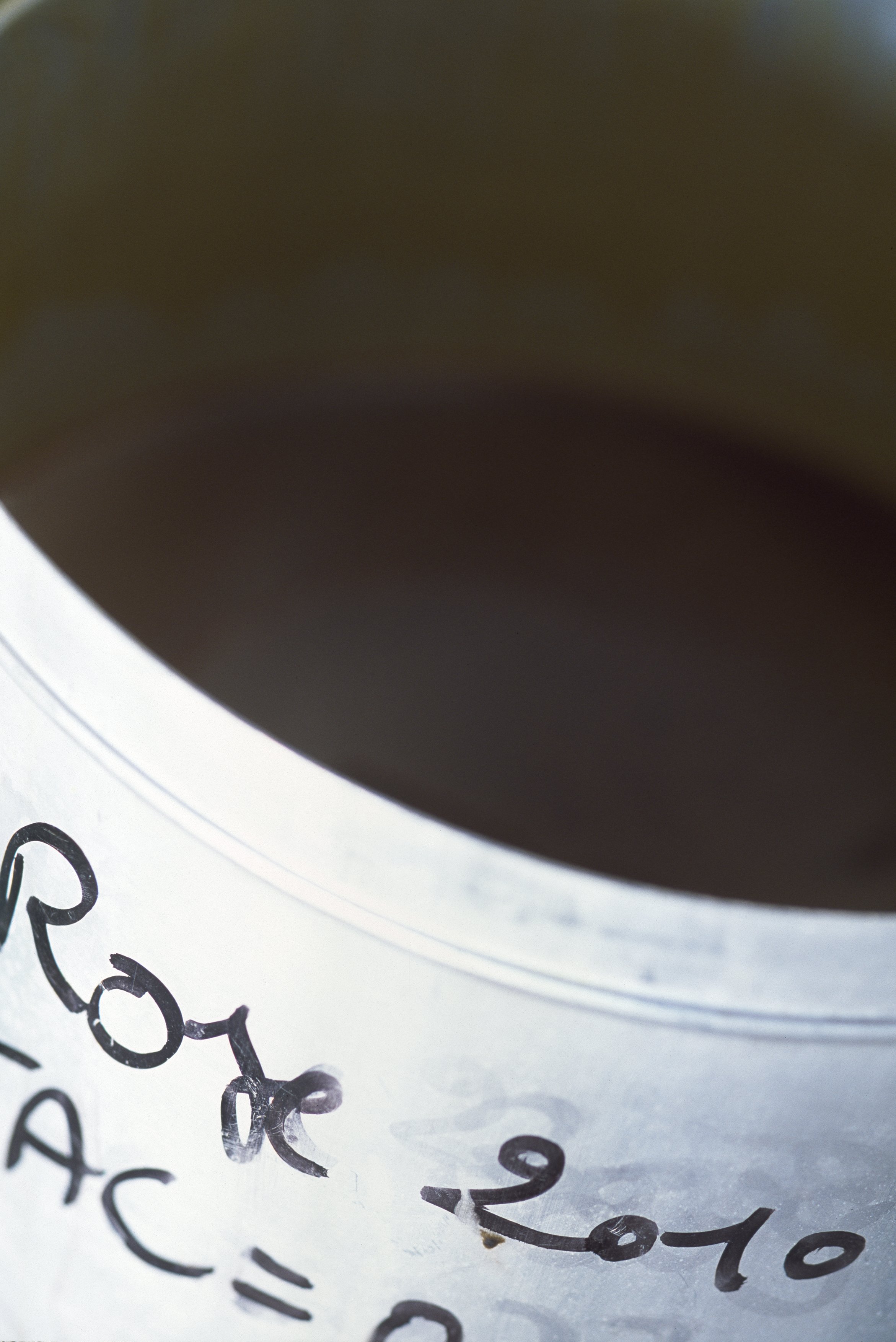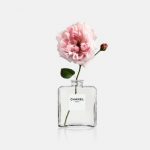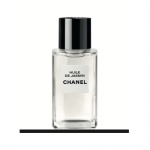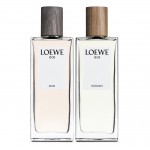k
Plants have been grown for fragrances in Grasse for over 300 years. Cooled by the wind and bathed in the Mediterranean sun, the fertile soil of his region provides the ideal conditions for growing high-quality flowers for fragrances.
Grasse is, without a doubt, the cradle of French perfumery.
k
EXCEPTIONAL RAW MATERIALS
The flowers grown in the Grasse region quickly became the raw materials of choice for the finest perfumers. So it is only natural that the history of the N°5 fragrance began in Grasse.
k
In 1921, its creator, Ernest Beaux, chose Grasse jasmine for his composition.
CHANEL has sourced its flowers from Grasse for close to a century, and since 1987, it has been actively contributing to the sustainable farming of jasmine and rose.
k
Today, the crops have expanded to include other flowers for fragrances, namely iris, geranium and tuberose. Five exceptional crops, exclusively reserved for CHANEL fragrances.
1kg of roses represents350 flowers
1kg of jasmine represents 8.000 flowers
Each gatherer picks 5kg of roses per hour
Each gatherer picks 350g of jasmine per hour
400kg of rose flowers are needed to produce 1kg of concrete
350kg of jasmine flowers are needed to produce 1kg of concrete
1kg of rose concrete only yields 600g of rose absolute
1kg of jasmine concrete only yields 550g of jasmine absolute
The Mul family’s jasmine represents
no less than 90% of the jasmine grown in the region
100% of this jasmine production is reserved for the N°5 Extract
A 30ml bottle of the N°5 Extract contains 1.000 jasmine flowers and 12 May rose flowers, all grown in Grasse
Fields of rose, jasmine, tuberose, mimosa, orange blossom, violet and lavender gradually spread throughout the Côte d’Azur, earning Grasse its legendary status as the cradle of perfumery.
All branches of the industry moved into the area: from extraction plants to merchants, not to mention the perfumers who came to learn their trade or select their raw materials.
Over the course of the 20th century, developers gradually bought up the farmers’ fields, putting the future of jasmine and the other iconic perfume flowers in imminent danger. Only a handful of passionate growers held strong.
Following in the footsteps of his father Jacques, Olivier Polge concludes: “We are the guardians of CHANEL formulas and we must make every effort to maintain full control over our ingredients.”


